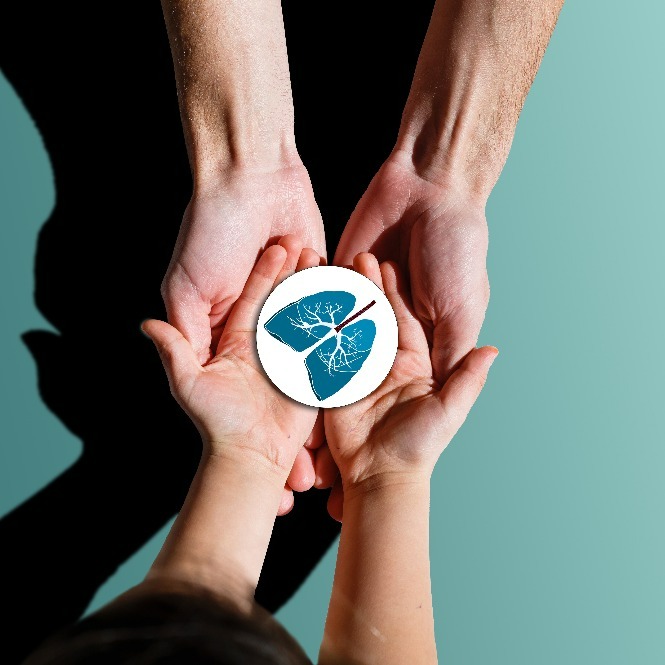Algorithmic breakthrough empowers TB diagnosis in children
An international team of researchers has devised an algorithm to help doctors in resource-limited settings diagnose tuberculosis (TB) in children and decide on the right treatment, writes Sanjeet Bagcchi.
Algorithms – sets of computer instructions to be followed to solve problems – are increasingly being used in healthcare to predict whether a patient will get sick or not by comparing their data to thousands of others.
They can make a big difference in TB, where a chest x-ray or phlegm sample is usually needed to tell whether infection has progressed to TB disease.

Adobe Stock | Angelov
"In high-burden countries, physicians seriously lack confidence in making diagnosis of TB in children," said Bangladesh-based paediatrics professor Shakil Ahmed, co-author of the study, published in The Lancet Child and Adolescent Health.
In 2020, almost two thirds of TB cases in children aged under 15 were either not reported or went undiagnosed and untreated, according to the World Health Organization (WHO).
Around 226,000 children and adolescents died from the disease, which mainly affects the lungs. The paper says the algorithm will help empower primary healthcare providers in areas with high TB incidence to start appropriate and timely treatment, ultimately saving lives.
The results prompted the WHO to release new interim recommendations supporting the use of algorithms to assess children with possible TB in its guidelines on the treatment of childhood TB.
Ahmed, a former director of disease control for TB in the Bangladeshi government, says the algorithm should be incorporated into national guidelines and taken up by doctors in the community.
"To impart confidence, this requires training and orientation of treating physicians – both physically and digitally with mentorship," he told SciDev.Net.
Separate research published last year in the journal Systematic Reviews suggests that factors that exacerbate childhood TB cases include malnutrition, shortages of the BCG vaccine, which prevents TB, and co-infection with HIV.
According to the latest study, TB detection in children is difficult as respiratory specimens often contain a small number of bacteria and sample collection in young children is invasive, requiring resources usually only found in specialist hospitals. In contrast, the algorithm works efficiently using inputs such as symptoms, clinical examination findings, chest x-ray findings, and history of TB bacteria exposure.
Based on these parameters, the algorithm generates a risk score, which helps health care providers make better decisions on the treatment of their patients. To develop the algorithm the researchers looked at data from more than 4,700 children under ten in 12 countries, including Vietnam, Kenya, Uganda and Bangladesh, who had been evaluated for lung TB.
A points system was developed to score symptoms such as fever lasting more than two weeks, cough, and weight loss and determine when treatment should begin. Agnimita Giri Sarkar, a paediatrician at the Institute of Child Health, in Kolkata, India, who was not involved in the study, said the algorithm could be useful as a tool to determine which cases are the most serious and need care first.
"Even in high-resource countries, [the algorithm] will spare a large number of suspected children from being over-investigated. [And in a] resource-constrained environment, it will have the additional advantage of stopping drainage of resource," Sarkar explained.
The advance comes at a critical point in the fight against TB. The COVID-19 pandemic plus ongoing crises such as conflicts, food insecurity, and climate change have reversed years of progress, says the WHO. Last year, it reported an increase in new cases, drug resistance, and deaths for the first time in almost two decades.
Amita Gupta, director of the division of infectious diseases at the US-based Johns Hopkins University School of Medicine, told SciDev.Net: "Development of easy-to-use, inexpensive tools to rapidly identify children who have TB is critical, as our current diagnostic tools remain woefully inadequate and often are not readily accessible in community and primary care settings. "[These are] exactly the type of approaches and algorithms we need to advance our ability to more rapidly detect and start TB treatment in high-TB-burden primary care settings," Gupta said.
On World TB Day, the WHO announced it was expanding the scope of its flagship initiative on tuberculosis up to 2027 to scale up the delivery of TB diagnostics and treatments where they are most needed.
This
piece was produced by SciDev.Net’s Global desk.